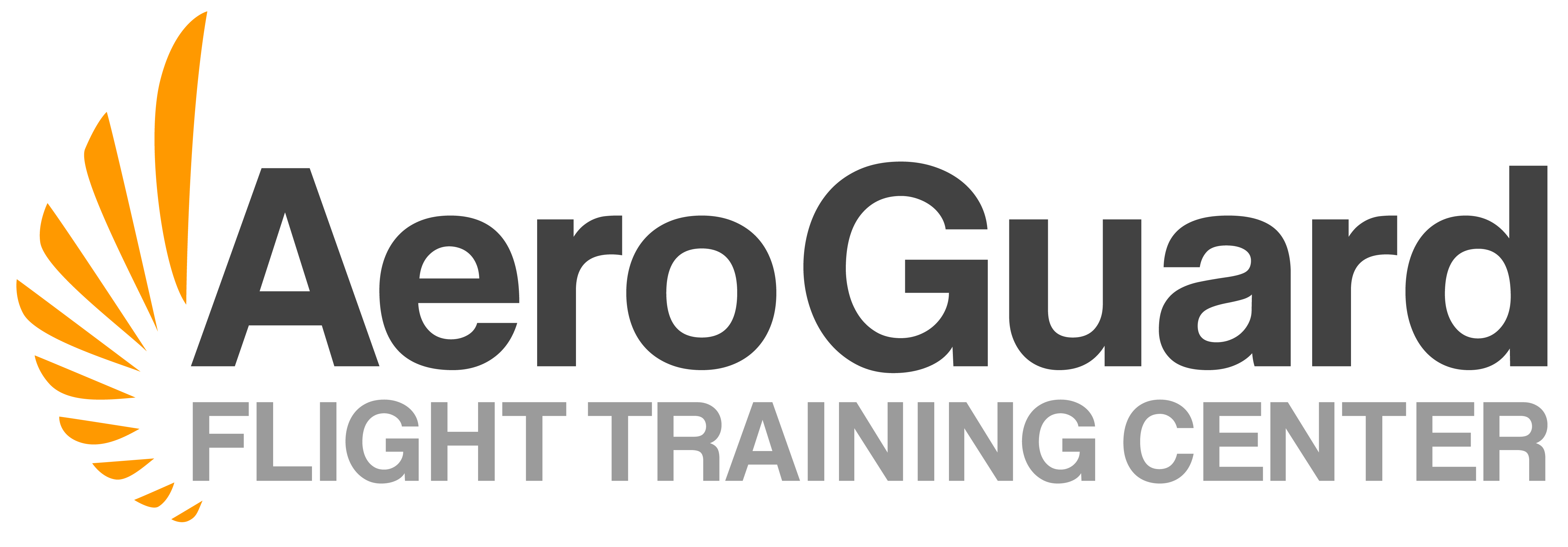Using an E6B Flight Computer to Find Wind Direction and Speed
How to Use an E6B Flight Computer for Unknown Wind – Video Transcript
Today we are going to learn how to use the E6B specifically to calculate wind direction and speed. To help us learn how to use this E6B, we’re going to use an example problem from the FAA knowledge test bank. So, let’s pull up that question from the test bank:
Determine the wind direction and speed.
True course is 345Ëš | True heading is 355Ëš
True airspeed is 85 knots | Ground speed is 95 knots.
A) 238Ëš and 18 knots
B) 113Ëš and 19 knots
C) 095Ëš and 19 knots
To start, we want to get a basic understanding of exactly what’s happening with the information they’ve provided us. To do that, we’re going to start by drawing this out a little bit. We have this true course, so let’s say we have a starting point and we have an ending point and if I draw the course that connects those, that course is the true course of approximately 345Ëš. Then it tells us we have a true heading of 355Ëš. What that means is in order for our airplane to fly along this track our nose is going to have to be pointed in the direction of 355Ëš. So, what I’ll do is I’ll draw our airplane kind of along this track and we’ll say that our airplane is facing a true heading of 355Ëš.
Now what we can see just from this starting point is we can see that there’s an angular difference between this true course and this true heading. That angle between the nose of our airplane and the course we’re trying to fly, that’s known as the Wind Correction Angle and in this example we see that our wind correction angle is about 10Ëš and it’s 10Ëš to the right of the course. So, I will write 10Ëš right.
Okay, we can also tell from the information they provided that our Ground Speed is 95 knots and our True Airspeed was 85, meaning our ground speed was about 10 knots faster than our true airspeed. This means that there’s some kind of wind that’s sort of pushing us from behind that’s making our ground speed faster. What that means then, is we must have a wind that is A) coming from the right side which is why we need the wind correction angle to the right and B) kind of coming from our tail. So, it’s a wind that must be coming from a direction kind of from the East South East like this.
We already know approximately what this wind will be, but to figure out exactly what it will be, we’re going to switch over to the E6B and walk through exactly how to calculate the wind direction and speed.
How to Use the E6B Flight Computer
In order to do this, we’re basically going to follow the normal steps that are listed for the wind side of E6B and reverse-engineer it and sort of do it backwards. Starting from the end, we’re going to set this up by having our True Course under our True Index. Our true course in this case, is 345Ëš so as you see here, I’ve rotated 345Ëš under our true index.
Next, we’re going to slide this up until our ground speed is under center. In this case, our ground speed was 95 knots so as you see here, we have about 95 knots under this center mark and then what we’re going to do is we’re going to make our wind dot. Our wind dot though is going to be found at the intersection of our wind correction angle and our true airspeed line. As we recall from before, our wind correction angle was 10Ëš to the right and we know from the question that our true airspeed was 85 knots. So our wind correction angle to the right of 10Ëš is going to be here and 85 knots of true is going to be this curve between 80 and 90. So what I’m going to do is make our wind dot and we’re going to place it where that 10 intersects this 85 airspeed.
Now what we can do is determine what the direction and speed of the wind would be. In this case, I will simply rotate the E6B until the wind dot is straight up. We notice now that this wind dot is straight up in our wind direction under the true index. It’s roughly at 110Ëš and if I slide this down just to make the math a little bit easier to about 100 knots here, I could easily see them at the wind speed which would be this distance is 19 knots greater than our center point. That measure distance is the wind speed we’re looking for in our answer, a wind direction at approximately 110Ëš and a wind speed of around 19 knots.
So let’s go back to our question now and look at our three possible answers and determine which one is correct. In this example, we came out with the answer of around a 110Ëš and 19 knots so we know answer B is the correct answer.

